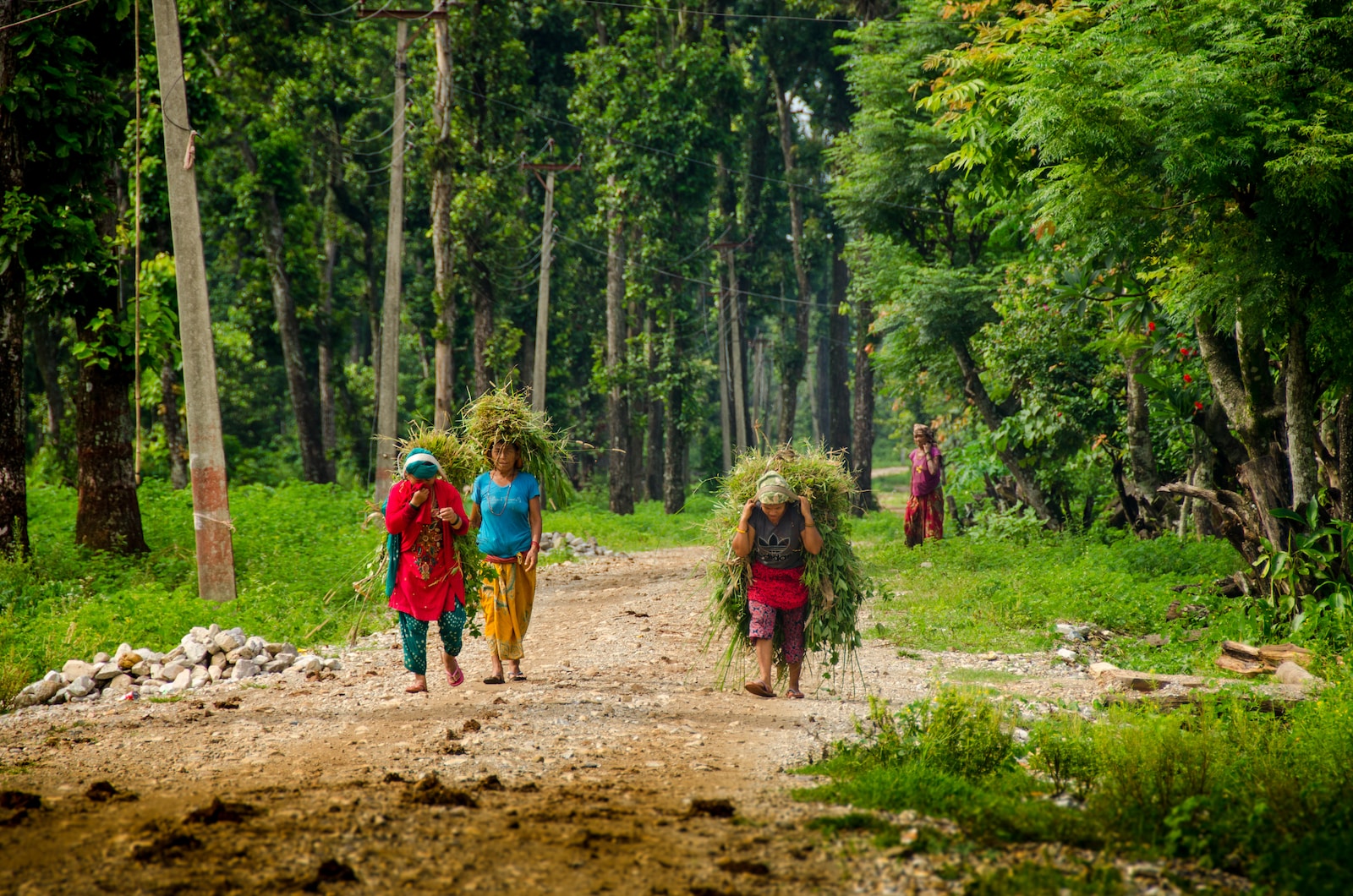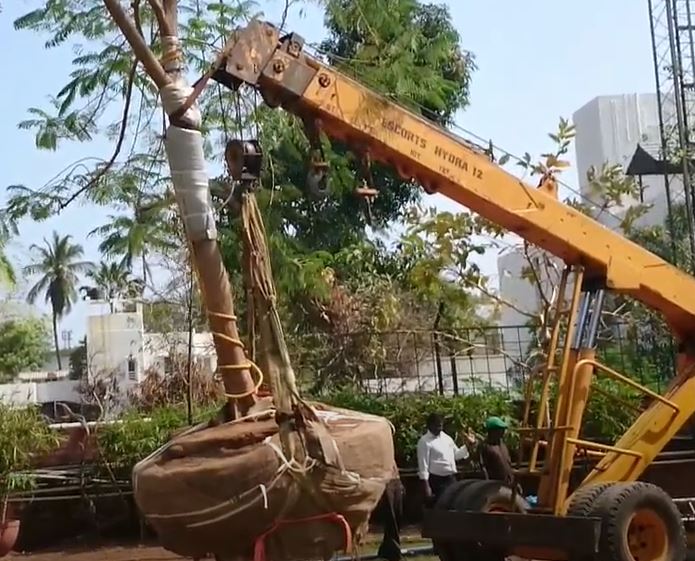REDD+, which stands for Reducing Emissions from Deforestation and Forest Degradation, Plus Conservation, Sustainable Forest Management, and Enhancement of Forest Carbon Stocks, is a critical initiative in the global fight against climate change. Designed to address deforestation and forest degradation, it offers the potential to mitigate carbon emissions while also promoting biodiversity conservation and sustainable forest management. In this article, we will explore the concept of REDD+ as a valid carbon project, examining its pros and cons in the context of climate mitigation and sustainable development.
Pros of REDD+ as a Carbon Project:
- Carbon Emission Reduction: The primary benefit of REDD+ is its potential to significantly reduce carbon dioxide emissions. Deforestation and forest degradation are major contributors to greenhouse gas emissions, and by protecting forests, REDD+ helps prevent the release of stored carbon into the atmosphere.
- Incentivizing Conservation: REDD+ provides financial incentives for countries and communities to conserve forests. This encourages sustainable land use practices and biodiversity conservation, as well as helping maintain critical ecosystem services.
- Supporting Sustainable Development: REDD+ projects often prioritize local community involvement and socioeconomic development. By providing alternative income sources and promoting sustainable land management, REDD+ can improve living standards and reduce poverty in forest-dependent communities.
- Alignment with International Agreements: REDD+ is linked to international climate agreements, such as the United Nations Framework Convention on Climate Change (UNFCCC). This alignment enables countries to meet their emissions reduction commitments while supporting global climate goals.
- Biodiversity Conservation: REDD+ projects often incorporate measures to protect and enhance biodiversity. By conserving forest ecosystems, these projects help safeguard endangered species and critical habitats.
- Transparency and Accountability: REDD+ programs require robust monitoring, reporting, and verification processes, enhancing transparency and accountability. This ensures that emission reductions claimed by projects are credible and measurable.
Cons of REDD+ as a Carbon Project:
- Complex Implementation: Implementing REDD+ projects can be complex due to the need for accurate measurements of carbon stocks, the involvement of local communities, and challenges related to land tenure and governance. These complexities can lead to delays and difficulties in project implementation.
- Social and Land Tenure Issues: In some cases, REDD+ projects have faced conflicts over land tenure and the rights of indigenous and local communities. Ensuring that these communities benefit from REDD+ projects without losing their land and resource rights is an ongoing challenge.
- Permanence and Leakage Risks: There are concerns about the permanence of emission reductions achieved through REDD+ projects. If deforestation is halted in one area, there’s a risk that it might increase in another (leakage). Additionally, protecting forests over the long term can be challenging due to changing political and economic conditions.
- Carbon Market Uncertainties: The future of REDD+ in carbon markets is uncertain. There are challenges related to the pricing of carbon credits and the lack of a unified system for international carbon trading, which can impact the financial viability of REDD+ projects.
- Potential for Greenwashing: Some critics argue that REDD+ projects may be used to ‘greenwash’ unsustainable activities, such as industrial logging or large-scale plantations, under the guise of forest conservation. This could undermine the goals of the initiative.
- Limited Scale: REDD+ projects typically operate at a relatively small scale, given the complexities involved. To achieve the necessary global emissions reductions, significant upscaling would be required, which is a significant challenge.
REDD+ has the potential to be a valid and valuable carbon project in the fight against climate change. It offers a way to reduce emissions by addressing deforestation and forest degradation while promoting sustainable development, biodiversity conservation, and accountability. However, it is not without its challenges and complexities.
The effectiveness of REDD+ as a carbon project largely depends on several factors:
- Transparency and Accountability: It is essential that REDD+ projects are transparent, accountable, and able to accurately measure and report on their carbon impacts. This is critical for the credibility of carbon credits generated.
- Social Inclusion: Ensuring that local and indigenous communities benefit from REDD+ projects without being displaced or disenfranchised is a crucial component of success.
- Long-Term Commitment: Achieving lasting emission reductions requires a long-term commitment to forest conservation and sustainable land use practices. REDD+ projects must be designed with permanence in mind.
- Market Viability: The future of REDD+ in carbon markets is uncertain, and its financial viability depends on the willingness of governments, companies, and investors to purchase carbon credits.
- Scaling Up: To make a significant global impact, REDD+ would need to be scaled up considerably, which requires overcoming logistical, financial, and political challenges.
Overall, REDD+ holds promise as a valid carbon project but is not a silver bullet for climate change mitigation. It should be considered as part of a broader strategy that includes emissions reduction efforts in various sectors, including energy, industry, and transportation. When implemented thoughtfully and responsibly, REDD+ can contribute to a more sustainable and climate-resilient future.


